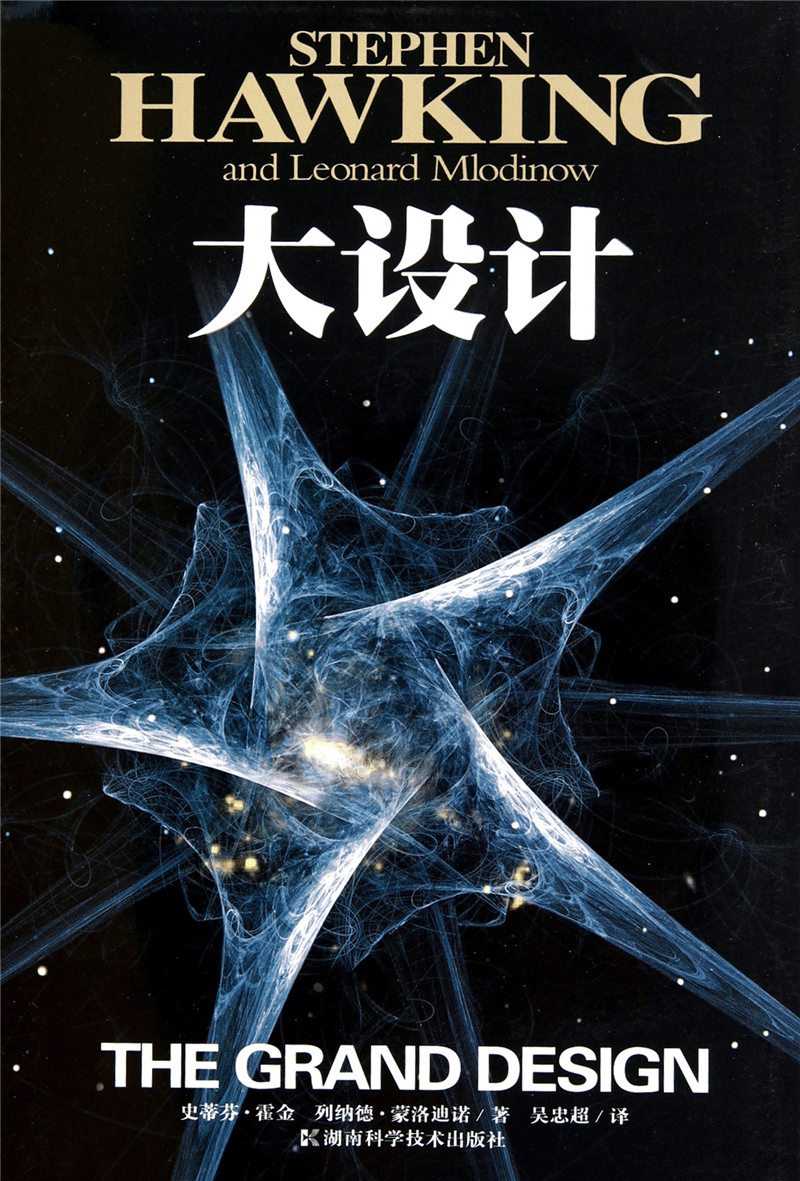博客: thinking-model
最近几天,我成功走通了一套个人笔记工作流程。
虽然其背后的思考模型早在 2013 年 12 月前后就已形成雏形,但直到最近我才找到简单易行的工具和操作方法实现它。
今天,我想把这个好消息分享给大家 😄
有人可能会疑惑: 直接介绍工作流程就好,为什么要扯上 11 年前的想法呢? 这是因为我有一个基本假设,只有当你的实际需求和我非常接近时,我才容易传递有价值的信息给你。即使我的表达不够清晰,用词不够规范,你也能凭直觉猜到背后的意思。
能否简单概括此工作流程?
简单说,这个工作流程主要面向自由学习者,探索发现爱好者,数字档案资料管理者和网络编辑出版人士,它力求用少而直观的操作捕捉日常想法及其上下文,形成颗粒感明显且易于导航的笔记与相关素材库存,并用可视化手段把它们陈列在屏幕上,以便提高学习、复习、创作和资料管理效率。
 用 Obsidian Canvas 呈现目标框架
用 Obsidian Canvas 呈现目标框架

下面的文字引自 史蒂芬·霍金 的 《大设计·The Grand Design》一书,我读后感觉很受启发,所以把原文转载于此,并按自己的理解做出了中文翻译。
We shall adopt an approach that we call model-dependent realism. It is based on the idea that our brains interpret the input from our sensory organs by making a model of the world. When such a model is successful at explaining events, we tend to attribute to it, and to the elements and concepts that constitute it, the quality of reality or absolute truth.
(在本书的阐述过程中)我们将采取一种特殊的解释现实的思路,我们把它称做 与模型相关的实在论。它基于这样一种观念——我们的大脑会为世界建立一个模型,并利用这个模型解释来自我们感觉器官的输入。当模型能够成功地解释许多事件时,我们就会把现实的本质或绝对真相归因于这个模型,以及构成这个模型的元素与概念。
But there may be different ways in which one could model the same physical situation, with each employing different fundamental elements and concepts. If two such physical theories or models accurately predict the same events, one cannot be said to be more real than the other; rather, we are free to use whichever model is most convenient.
但是对于同一个物理环境,不同的人可能会有很多种不同的方式为其构建模型,且每个模型都可以使用不同的基本元素和概念。如果有两种物理理论或模型都能精确预测相同的事件,我们就不能说其中一个模型比另一个更真实;而不妨说我们可以自由地选择其中任意一个(对自己而言)最便利的模型。
 京公网安备 11010502051247 号
京公网安备 11010502051247 号